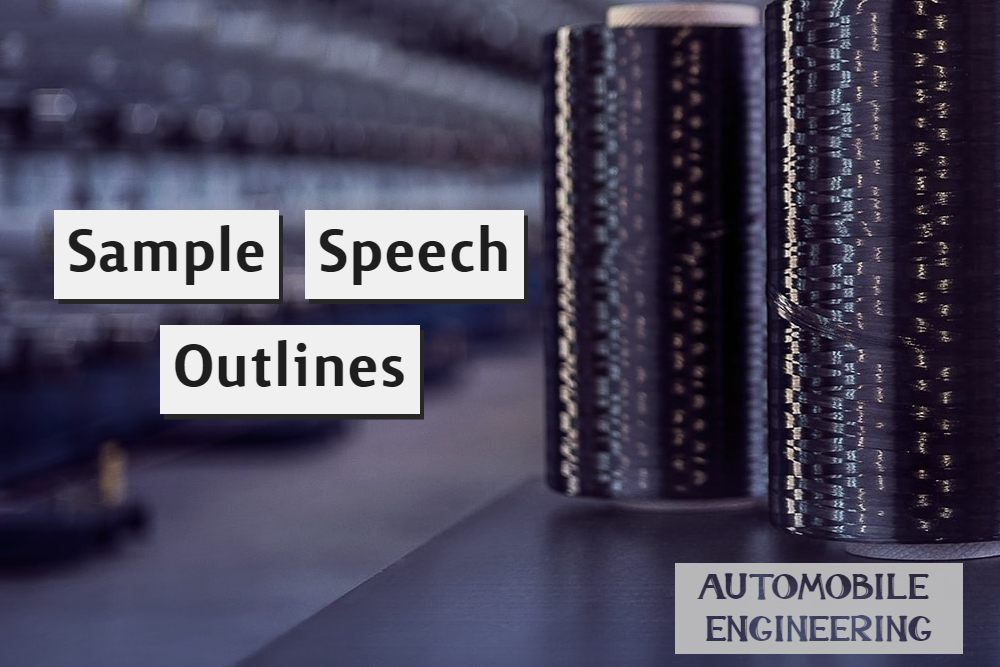Chances are you have learned the basic principles of outlining in English writing courses: an outline is a framework that organizes main ideas and subordinate ideas in a hierarchical series of roman numerals and alphabetical letters. The center column of Table 12.4 “Speech Outline A” presents a generic outline in a classical style. In the left column, the five main structural elements of a speech are tied to the outline. Your task is to fill in the center column outline with the actual ideas and points you are making in your speech. Feel free to adapt it and tailor it to your needs, depending on the specifics of your speech. Next, fill in the right column with the verbal and visual delivery features of your speech.
Table 12.4 Speech Outline A
| Attention Statement | Device | Verbal and Visual Delivery |
| Introduction | · Main idea· Common ground | |
| Body | · I. Main idea: Point 1· Subpoint 1· A.1 specific information 1· A.2 specific information 2· II. Main idea: Point 2· Subpoint 1· B.1 specific information 1· B.2 specific information 2· III. Main idea: Point 3· Subpoint 1· C.1 specific information 1· C.2 specific information 2 | |
| Conclusion | Summary, main points 1–3 | |
| Residual Message | Main idea |
There is no law that says a speech outline has to follow a classical outline format, however. Table 12.5 “Speech Outline B” is an alternate outline form you may want to use to develop your speech. As you can see, this outline is similar to the one above in that it begins with the five basic structural elements of a speech. In this case, those elements are tied to the speech’s device, thesis, main points, summary, and recap of the thesis. In the right column, this outline allows you to fill in the cognate strategies you will use to get your points across to your audience. You may use this format as a model or modify it as needed.
Table 12.5 Speech Outline B
| Attention Statement | Device | Cognate Strategies, Verbal and Visual |
| Introduction | · General purpose statement or thesis statement· Common ground | |
| Body | · Point 1:· Point 2:· Point 3: | |
| Conclusion | Summarize main points and reinforce common ground | |
| Residual Message | Reiterate thesis |


